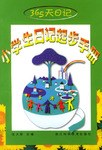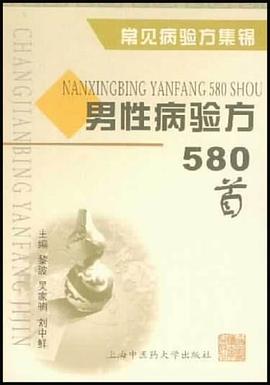

具体描述
We are at a new moment in architecture, one when many cultures are contributing to the unfolding of modernism. This enriching influence is broadening the mix, extending the range available to architecture, of materials and colours, of evocative forms, of cultural references and of social thinking.
In an era of boredom with monocultures and orthodoxies, there is the almost universal expectation that the metroculture, be it in London or Beijing, will provide broadened cultural experiences in food, performance, dress and sound. The new ethnically diverse city is a place of zesty daily encounters/collisions/cohabitation between cultures, a place of mixed signals, contradictions, delightful confusions. Franco-Japanese cuisine, elite schoolchildren wearing doo-rags, jazz performed on gamelans—no matter what one’s mother culture - we’re all getting addicted to varied rhythms, different emotional emphases, ‘other’ ideas of beauty.
This change is visible in schools of architecture, at least in the range of students, typically from many ethnicities, none of them constituting a majority. No wonder, then, that there is increased interest in ways that architecture can incorporate a larger compass of riches.
A rising group of practitioners is meeting the challenge of this broadening cultural landscape in pursuing strategies of quick switching, layering, reframing. These new architectural expressions of multiple cultures represent an enrichment that ultimately might help create a more robust modernism, helping to rescue it from a ‘potato blight’ of too much sameness.
作者简介
目录信息
读后感
评分
评分
评分
评分
用户评价
相关图书
本站所有内容均为互联网搜索引擎提供的公开搜索信息,本站不存储任何数据与内容,任何内容与数据均与本站无关,如有需要请联系相关搜索引擎包括但不限于百度,google,bing,sogou 等
© 2025 book.wenda123.org All Rights Reserved. 图书目录大全 版权所有




















